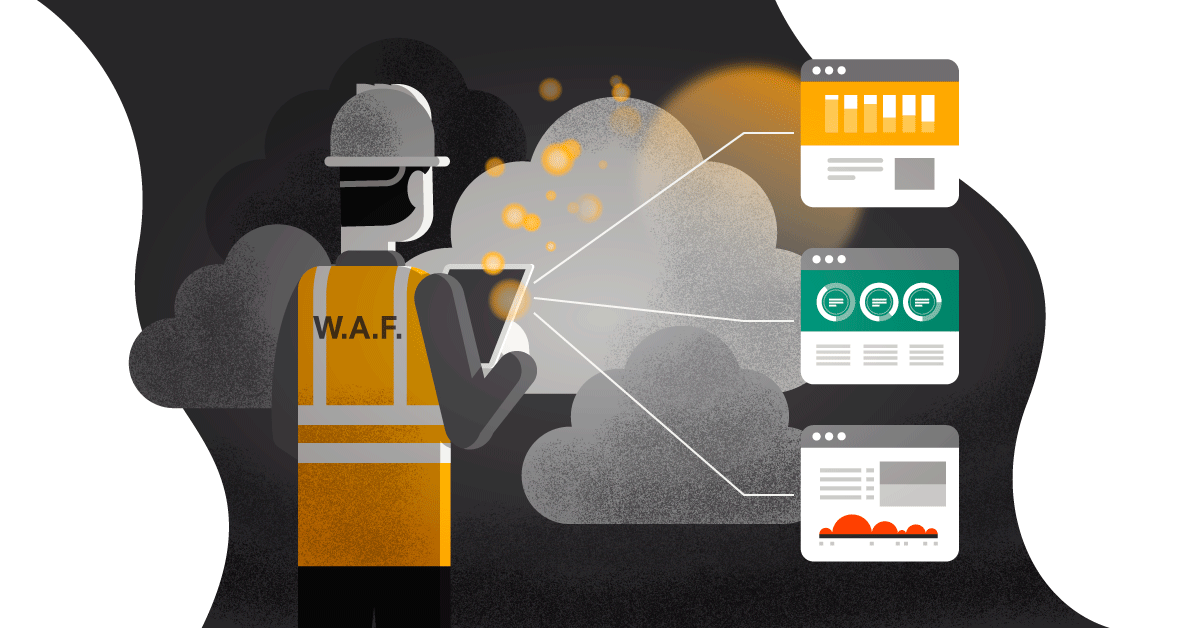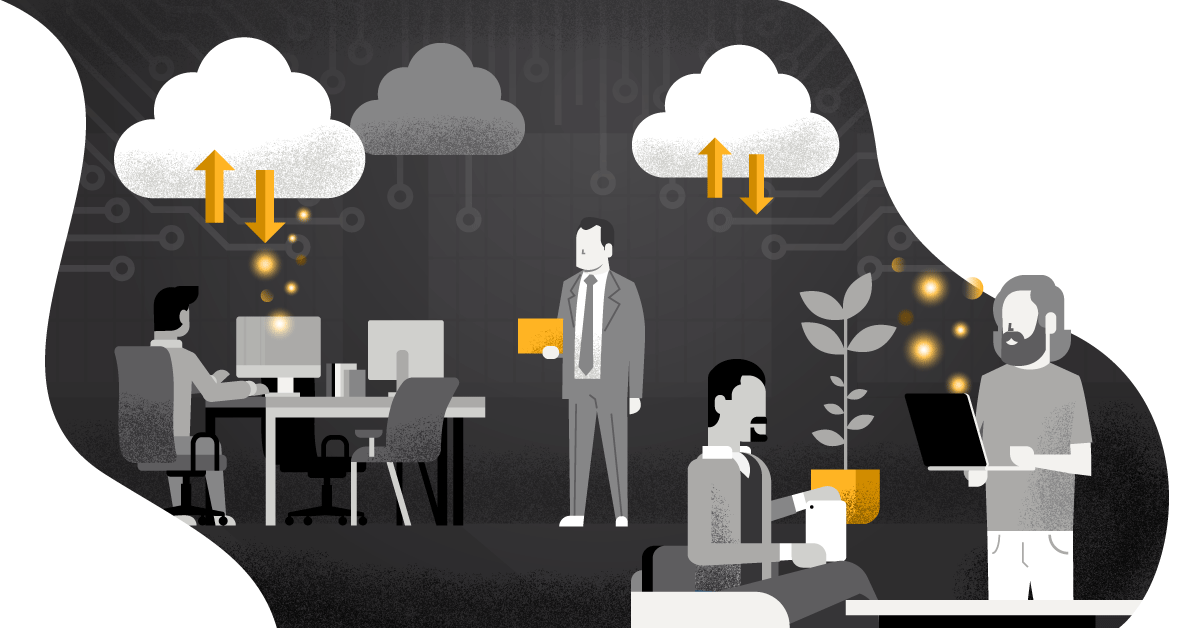
A successful cloud journey is not just about technology, above all, it’s about people and processes. Technology should not fail of course, but a digital transformation can only succeed when processes are well organized and workable for people. That’s also evident in a study by BDO. They conducted research into the state of affairs with cloud adoption in 2018 and 2020. This multi-year study charted developments in cloud migration and identified preconditions for a successful cloud journey.
Differences in expectations
Looking at the conclusions from the first study, it appears that organizations became convinced of the possibilities with cloud in 2018. At that time, many companies took the step towards further digitization and followed a Cloud-Unless or a Cloud-Only strategy. Kees Plas, partner in BDO’s Managed Cyber and Technology Practice, explains: "In 2018, motivations and expectations for the cloud journey were mapped out for the first time, and that yielded remarkable results. Insights and expectations were very different between Board Members, IT Managers and users".
The motivation to migrate to the cloud was clear, but expectations differed widely. 18% of respondents noted innovation as the main driver. 32% opted for operational effectiveness and 50% expected progress in both areas. One thing was clear, there was a strong focus on choosing the right Managed Service Provider (MSP). This was considered a necessity.
The wider landscape
As a concept in itself, the cloud does not fulfill business needs - this became clear in 2020. It’s the solutions that offer answers to the business issues. Today, migration is a structured exercise, and it’s with good reason that this process is compared to a journey. While entire application landscapes are migrated to the cloud, it’s not just about technology, people must also be taken on this journey.
Kees Plas explains: "A journey to the cloud extends far beyond technology. This doesn’t just relate to meeting cost efficiency and business goals in the cloud. It's about people and processes. No goals will be achieved if processes are incorrectly set up and people can’t work with them. Bearing in mind the variety of factors requiring serious consideration, a migration is a very complex project. It’s only with strong project management and the right strategy that the desired result can be successfully delivered".
Continuous process
The complexity of a migration requires a structured approach. Hans Reinhart, Sentia’s Consulting Director and Tim Roelse, Sentia’s Technical Innovation Manager, see this in practice on a daily basis. "For a migration to AWS, Azure or Google, the use of a clear, step-by-step approach is advisable. The 5D model is ideally suited to this. By following the steps of the model, you can choose the right transformation strategy for each application at each stage of its lifecycle. What's more, the desired result remains the central focus; a migration has not suceeded until that’s been achieved".
Every cloud journey begins with determining the initial situation and defining (the journey to) the desired end result. To achieve that, we identify any existing gaps, possible ways to bridge those gaps and the right strategy for design, development and actual implementation. The 5D model guides this entire process. It consists of the following phases:
- Discover: Before an application is migrated to the cloud, it’s important to determine its current state, and more importantly, the desired end result. That desired situation is the starting point for the entire migration and for determining the relevant business objectives.
- Define: Together with the stakeholders, the gaps between the current and desired situation are defined. Subsequently, solutions are proposed to close those gaps and bring the entire application landscape to the next level.
- Design: The current and desired situation are mapped out, after which a cloud infrastructure design is delivered. This design corresponds with both business and security requirements. It includes an overview of the workload and associated planning, a target business model and a customized business case.
- Develop: Implementation begins with developing processes and tools: custom CI/CD pipelines, infra-as-code templates, the platform itself (including landing zones), restructuring or (re)designing applications, and laying the operational foundation.
- Deploy: The digital transformation is carried out. Using high-end testing, infra-as-code, and extensive verification of the desired outcome, the developed solutions are deployed. The migration is a reality.
A digital transformation is never truly complete. Technology continues to evolve, new innovations are taken on board. With that, organisations’ aspirations continue to change and the cloud environment will adapt to keep pace with new developments. Just as the two BDO studies have outlined various developments, the cloud journey will remain an ongoing process.



